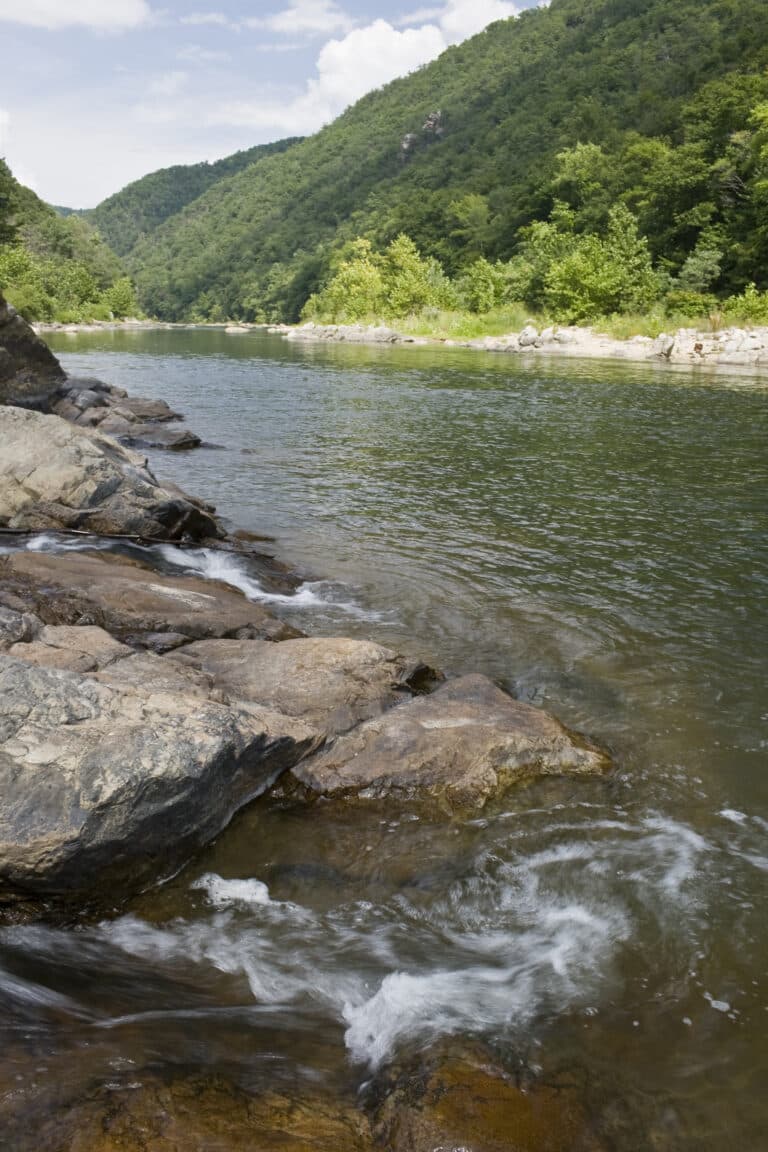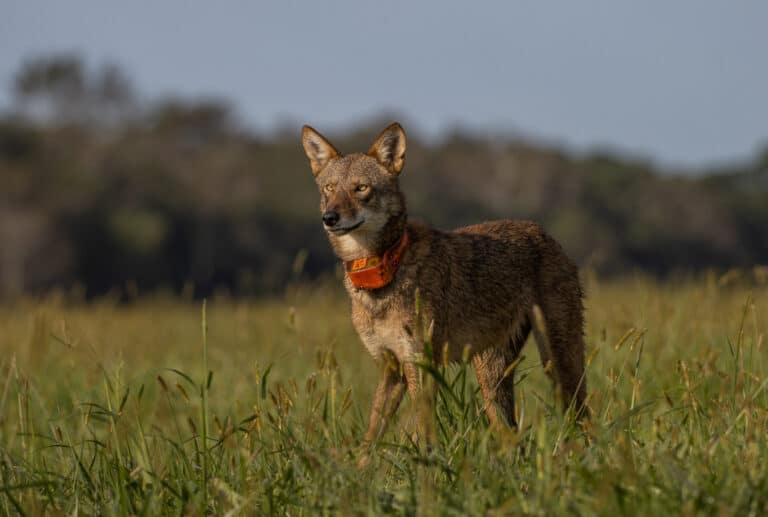There’s a poem that keeps coming back to me. It’s one of those aphoristic poems that shows something so clearly it comes to embody a particular thought. That thought has been on my mind lately. The poem is Ozymandias by Percy Shelly and in it, the pharaoh’s wasted monument is discovered buried in the desert. On his statue these words are inscribed:
My name is Ozymandias, King of Kings;
Look on my Works, ye Mighty, and despair!
In the statue we see a vision of humanity that is always competing with natural forces and obsessed with conquering them. Ozymandias, however could not conquer time and could not beat death and in the end we see what his works have come to:
Nothing beside remains. Round the decay
Of that colossal Wreck, boundless and bare
The lone and level sands stretch far away.
The monument to his grandeur becomes a monument of impermanence as it spends the years abandoned in the sand. So the poem can be taken as a warning against this ambition to command the forces of nature and the futility of it.
That’s why it comes to me when I’m looking out of the kitchen window at Four Corners Farm, where, whether you’re looking over the compost or the garden or the busy chickens or the sloping pasture, the thing you always see is the unburied Mountain Valley Pipeline at the bottom of the hill. From this vantage, the proposed 303 mile structure could also be a monument of conquest, cutting through the forest as part of the latest advance of what may be the most invasive industry in the region’s history.
Fossil fuel extraction has left its embattled print on Appalachia since its beginnings in the late 1800s. The wells that mine the gas for this pipeline in Wetzel, WV had their own protest slogans years before this pipeline project began. No Fracking Way is one that may be familiar. Before hydraulic fracking there was mountain top removal, and before mountain top removal whole towns were arming themselves against the coal companies in what we now call the West Virginia coal wars. During the labor strikes of the early 1900s the protestors were outraged that their homes were being stolen, the land destroyed, and their way of life dominated by the company. The same sentiment can be heard here today.
Both figuratively and literally, mining has profoundly shaped Appalachia. Here’s how it happened. In 1880, with the industrial revolution at full blast, there was a rush to claim the valuable coal locked in the Appalachian Mountains. Investors saw a high demand for this resource hidden under the rural residents and landowners. Hot burning anthracite (which was the kind of coal in the Appalachians) had become integral to smelting the iron contemporary cities needed, and corporate interests were hungry to gain control of the assets. So they set out to acquire rights to the minerals under the surface of the land from locals. For the most part, people didn’t know what they were selling and sold dirt cheap. The mineral rights holders had the right to do what they deemed necessary to access the minerals below, and that often meant destroying the quality of the surface land.
By 1920, 70 to 90 percent of the mineral rights in Central Appalachia were owned by corporations and Appalachians quickly found themselves dispossessed. The land imbalance persisted and in 1974 at least half of the land in West Virginia was owned by out of state corporate interests. The whole time, money, resources, and quality of life flowed unilaterally out of the mountains. It was business as usual, and a business does not operate democratically- it operates hierarchically with the goal of increasing its productivity. Without ownership of where they lived, people found democracy and self-government next to impossible.
In this case, because of the nature of a pipeline and the area that it crosses, a different tactic is required to build it. If any piece of the land is unavailable the whole thing is defunct. Thus the Federal Energy Regulatory Commission(FERC) steps in. This agency can take the land under eminent domain if they deem it necessary to the public good. But many question the integrity of FERC’s decision. FERC was founded in 1977 in order to propel the natural gas industry of the United States. In the past 30 years, it has approved 398 of 400 proposed pipeline projects. Opponents see it as a government-mandated theft of land for an industry that has wasted the area for so long already.
This process is not unique; it’s a pattern. Early on, it was by levers of ownership that Appalachia was wrestled away from Native Americans. To the residents of Four Corners the glaring problem is that our society is set up for this kind of behavior. We treat land as a resource to be used up. We believe it belongs to us, and when we take what we want out of it, leaving our surroundings depleted rather than enriched, we consider it a profit. If that sounds backwards to you, you are not alone. In many ways, farming on the route of the pipeline is an attempt to turn that model around and put something back. On the farm we feed everything around us. We feed the soil, we feed the plants, we feed the chickens, we feed each other, and through these things we are fed. Farming shows us again and again that we are richest in what we can give, not in what we are able to take.
The six friends pulling this off aren’t exactly farmers. This is their first attempt at living off of the land. But when the owners, the Reilly family, who used to raise cows, sheep, and chickens, packed up after a long, hard battle with MVP over their land, feeling robbed and violated, it looked like the end of the farm. The sympathetic collective saw an opportunity to salvage something and worked out a way to rent the place.
As roommates in North Western Roanoke the group had already been made aware of the shortage of healthy food available. It was a 15 minute drive to the closest grocery store, something that wasn’t always an option for many in their neighborhood. People were left to convenience stores and gas stations stocked with chips, candy, and overpriced junk food. For that reason the neighborhood had a community garden, where the group volunteered and became inspired. You might say that the community garden is what fanned the agricultural spark into an active flame. The knowledge that there are people who struggle for access to the basic necessities of a healthy life is always there in the background.
“I feel an immense lack of knowledge and intelligence in something I understand to be essential to my existence: which is how I nourish myself,” said one of the farmers in the coalition. “Even though I can recognize how harmful certain practices are I feel bound to them nonetheless, and entangled with them nonetheless. And I think that’s the great contradiction that so many of us are in, that many of us are so clear-eyed about the extent of the climate crisis and the threat to our existence but we are still so entangled in the flows and mechanisms that are generating that crisis.”
For now the farm is bustling again with the activity of preparing beds, watering seedlings, and chasing around chickens. They’re looking forward to trellising peas, cucumbers, and tomatoes, planning out summer greens and fall grains. There is a degree of marvel in witnessing something grow, like you can’t quite believe that it’s real, like some kind of magic is taking place. I can hear it bottle their breath when we scan the burgeoning beds. Yet any day things could take a dark turn for these sprouts. The threat of construction is looming as MVP is allowed to show up any time with heavy equipment that would crush the sensitive soil.
Up and down the line, there are tangible concerns: destruction of habitat, air quality, safety, but the most outstanding is the impact to water quality. Starting at the Marcellus Shale, where the gas is being drilled, polluted water is a byproduct that gets into groundwater and streams. The pipelines themselves have been known to overlook water quality standards. In 2017 Energy Transfer Partners was sued for $2.3 million by the Ohio EPA for repeatedly spilling drilling fluid into wetlands, ponds, and streams. Erosion pushing sediment into streams is another issue and MVP has racked up over 300 documented violations and a pending lawsuit. In Appalachia’s Karst and water rich environment many life giving sources are at risk. Four Corners Farm is fed by a well and a large creek through the property that would likely be affected.
The irony here is that eminent domain is supposedly a provision for the public good. Yet, as the farmers point out, people need food, not pipelines. They need to have clean water, not gas and oil, and they deserve a healthy planet, not a check.
Farther West, over the Blue Ridge Mountains, across the Roanoke River Valley, and into the New River Valley, the pipeline curls along the periphery of the town of Blacksburg. Here, No Pipeline signs pepper roadside spaces next to mailboxes. There are community meetings, and presentations about how to get involved against the pipeline.
At the start of spring a poetry reading advertises that donations will go to groups helping to fight the Mountain Valley Pipeline. More often than not, that has been a common thread for events in the rural college town for over a year. Before construction even began there were readings against the pipeline, concerts against the pipeline, yard sales against the pipeline, dinners, and once even eating a chipotle burrito could be a way of combating the pipeline.
Like other communities opposed to the project, Blacksburg has little control in the matter. Both the Blacksburg Town Council and the Montgomery County Board of Supervisors issued resolutions opposing the Mountain Valley Pipeline back in 2014. The documents outline why they stand against the project, but they’re not much more than public statements of their stance. Neither governing body has any authority in approving, denying, or amending the pipeline plan. This makes grassroots organizing the only viable option for people in towns like Blacksburg to have any voice in what happens to their community.
“They must have thought they would roll right over us, but we won’t just sit back and watch. We’re showing them what the people can do,” said one young activist.
Because of independent citizen actors, MVP has had a slow, rough road strewn with obstacles. Coalitions like Mountain Valley Watch and POWHR monitor MVP and document violations of environmental regulations and permits. Others put pressure on legislators (sometimes by showing up in mass to hearings and government offices). Then there are those who physically block the pipeline’s progress.
Late in the summer of 2018, Becky Crabtree found herself in that latter category as the sun rose to find her chained to the steering wheel of her 1971 Ford Pinto parked on wooden blocks in front of the 12 foot trench prepared to bury pipe in her field. The 64 year old grandmother, biology teacher, and author has been opposing the mountain valley pipeline since it was proposed in 2015. Her homestead had been at the base of Peter’s Mountain for close to 40 years and she did not see why she should move for the construction crews approaching her home.
She had not thought it would come to this. Like many of her neighbors, she had tried every legal avenue and with them she had been mostly ignored or brushed aside. “I had signed every petition, I had been to every court hearing, I had helped finance court cases, I had written letters, I had done all I knew how to do,” she recalls. When people started breaking laws, officials paid more attention. Protestors hoped to delay progress of the pipeline while pressure mounted on MVP.
“First we had a schedule. We had when they could not cut down trees. There was a timeline, because the songbirds come make their nests, and there was a timeline related to the bats.” That timeline refers to the company’s initial plan, which was to finish all tree clearing before March 31, 2018 to avoid damaging wildlife protected under the endangered species act. Cutting after that would disturb the endangered Indiana Bat, Northern Long-eared Bat, and various migratory birds nesting in the trees. The tree sits on Peters Mountain hoped to stall the company past its deadline. Clearing started in February of that year along with legal action leveled against those standing in the way. The deadline passed and the trees were still standing. But, in April citizens documented tree cutting still going on. The company alleged that they were only cutting in areas where the endangered bats were not affected. A tense standoff continued through April, May, and then June began and the stand on Peter’s Mountain was finally evicted and arrested, leaving behind them the example that when what the state deems ok is not ok with you, it is your right to stand against it. At the end of July, with construction at her doorstep, that is exactly what Becky did.
Nearly a year later, with the pipeline project seemingly losing its legal footing, Becky is still fighting. The pipe is in the ground on her land, but at the moment, the company has lost its permit to cross the Jefferson National Forest and the Appalachian Trail, which follows the ridge of Peter’s Mountain. It’s not just about her property. As she described her relationship with the place, “It’s beyond ownership. I think that sense of nurturing land is very strong among people who live on or near Peter’s Mountain. You want to take care of it. It’s something beyond the earthly that goes on on Peter’s Mountain. It’s a part of the earth that I’m familiar with and therefore it’s a friend.”
She adds, “The mountain talks you know. There is a roar that is a geologic phenomenon that only happens at Peter’s Mountain. It’s usually early in the morning and you stop in your tracks. It may not even be daylight yet, and you hear it. There’s a sense that all is right in the world, the mountain is talking today.”
The Appalachian Mountains are some of the oldest in the world. They’ve been here long before we were, before the United States, before countries and constitutions, before they even had a name, and they’ll be here long after we’re gone. They’re home to countless creatures and the source of countless springs. A single ridge may nestle several towns, across counties, and thread together countless ways of life. They shape the land more profoundly than any line on a map or civil boundary. Who could claim to own something like that? Who could say it’s theirs to command? Again I can see the image of Ozymandias scowling as time goes by, the desert stretches out according to its own laws, and hardly notices.








